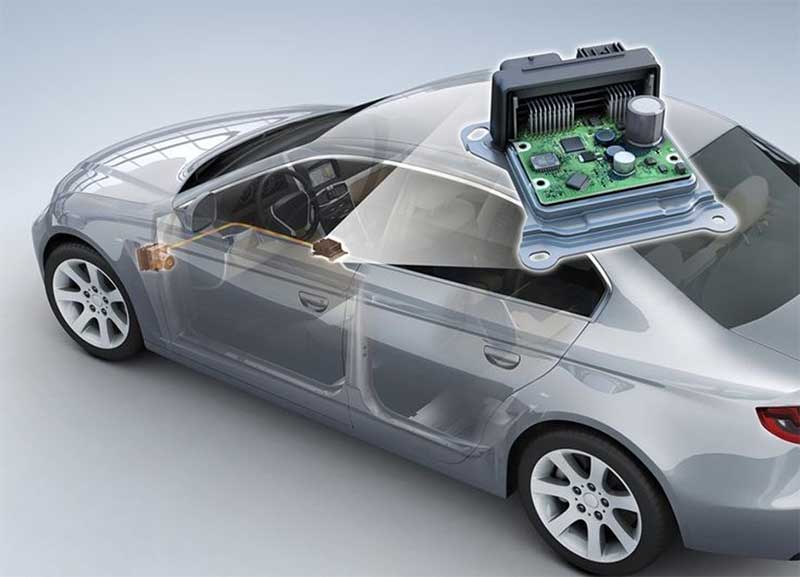Introduction
Headlights play a crucial role in ensuring safe driving, especially at night or low light conditions. They help illuminate the road ahead and increase the driver’s visibility, thereby allowing them to spot any potential hazards. Modern vehicles rely on an electronic component called the Headlight Control Module (HCM) to operate and control the headlights. In this article, we will delve deeper into understanding the role and functions of this important automotive module.
What is a Headlight Control Module?
A Headlight Control Module is an electronic control unit installed in vehicles to control the operation of headlights. It receives input signals from various components like light switches, wiper stalk, sensors etc and processes the data to determine the appropriate headlight setting. Based on these inputs, the HCM then sends output signals to control the headlights, fog lights, daytime running lights and other exterior lights.
Functions of the Headlight Control Module
Some of the key functions performed by the HCM include:
Controlling daytime running lights, low/high beam headlights, fog lights, turn signals etc as per driver commands or automatic settings.
Activating/deactivating automatic headlight control based on ambient light sensor reading.
Switching headlights to parking/standing lights when the ignition is turned off.
Dimming/brightening headlights based on wiper activation to improve visibility in rainy conditions.
– Flashing headlights when lock/unlock buttons on key fob are pressed for confirmation.
– Indicating fault in lighting circuits on the dashboard in case of any malfunctions.
– Storing preset dimming/brightening levels for low and high beams.
– Facilitating automatic high beam/low beam switching based on camera detection of oncoming vehicles.
So in summary, the HCM seamlessly coordinates various lighting functions for safety and convenience through centralized electronic control and monitoring.
Inputs and Outputs to the HCM
To perform its functions efficiently, the HCM receives inputs from different sources which helps it determine the appropriate lighting scenario. Some of the major inputs include:
– Light switches – To turn lights on/off manually
– Ambient light sensor – To trigger auto headlights based on light levels
– Rain sensor/wiper stalk position – To activate lights during washer usage
– Door switches – To know if doors are opened/closed
– Ignition status – To enable/disable lighting on engine start/stop
– Camera/radar (advanced systems) – For automatic high beam assist
Based on these inputs, the HCM then provides output signals to control:
– Low beam headlights
– High beam headlights
– Fog lights
– Parking/standing lights
– Daytime running lights
– Turn signal lights
– Dash indications
How the HCM Interacts With Other Modules
Modern vehicles have networked communication between various electronic control units. The HCM also seamlessly interacts with other modules for coordinated operation:
– Body Control Module (BCM) – For door locking/unlocking light control and rain sensor signal validation
– Instrument Cluster – To display lighting fault codes/warnings
– Antilock Braking System (ABS) Module – For turn signal synchronization during braking
– Automatic High Beam Module – For smooth high/low beam assistance
– Central Gateway – For overall network management and data exchange
So in essence, the HCM acts as the central brain managing exterior lighting functions based on inputs from various sensors and modules across the vehicle network.
Diagnosing and Replacing the HCM
Any issues with lights not functioning properly could potentially stem from a faulty HCM. Some common symptoms include:
– Headlights/parking lights not turning on
– High beams not working as expected
– Fog lights inoperative
– Flashing exterior lights without ignition
– Warning lights on dashboard
To diagnose, a scan tool is connected to read trouble codes stored by the HCM pertaining to specific circuit/component faults. If the module is detected to be non-functional, it needs replacement. Proper HCM programming may also be required during installation for reliable operation.
As vehicles evolve with advanced driver assistance technologies, so does the role of modules like the HCM. It seamlessly coordinates an array of exterior lighting functions through centralized electronic control based on external inputs. Proper HCM functioning is crucial for safety on roads, especially at night. Being well-versed with its operations helps with swift module diagnosis and repair in case issues arise.
*Note:
1. Source: Coherent Market Insights, Public sources, Desk research
2. We have leveraged AI tools to mine information and compile it.



